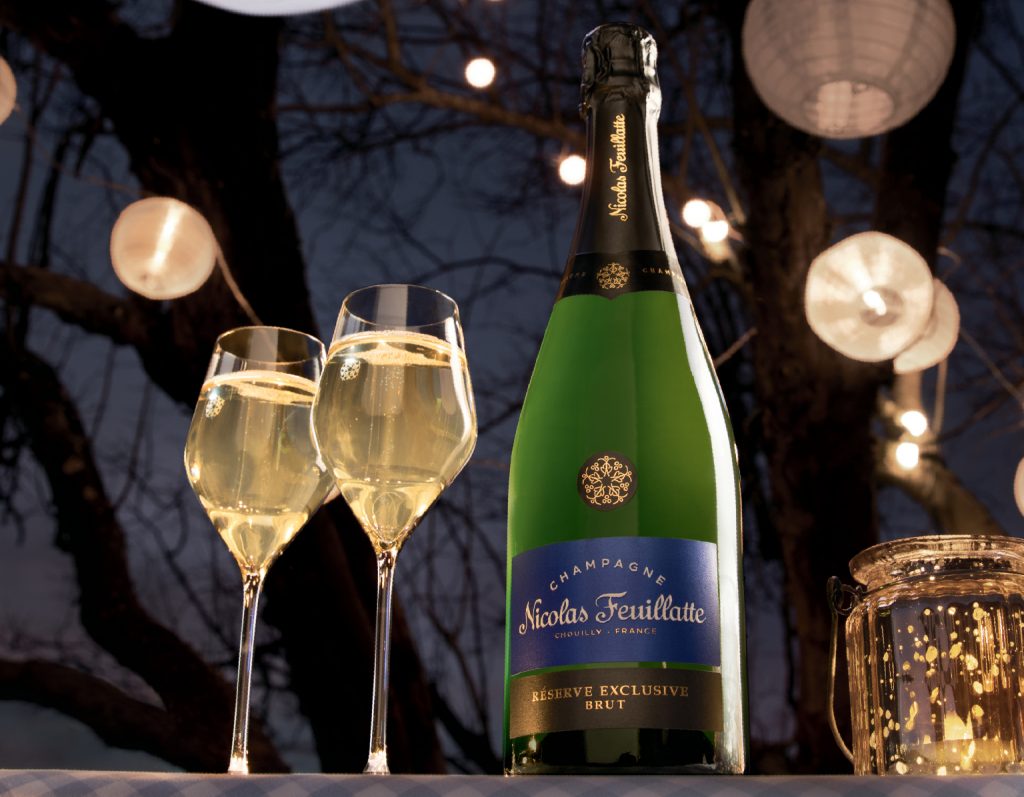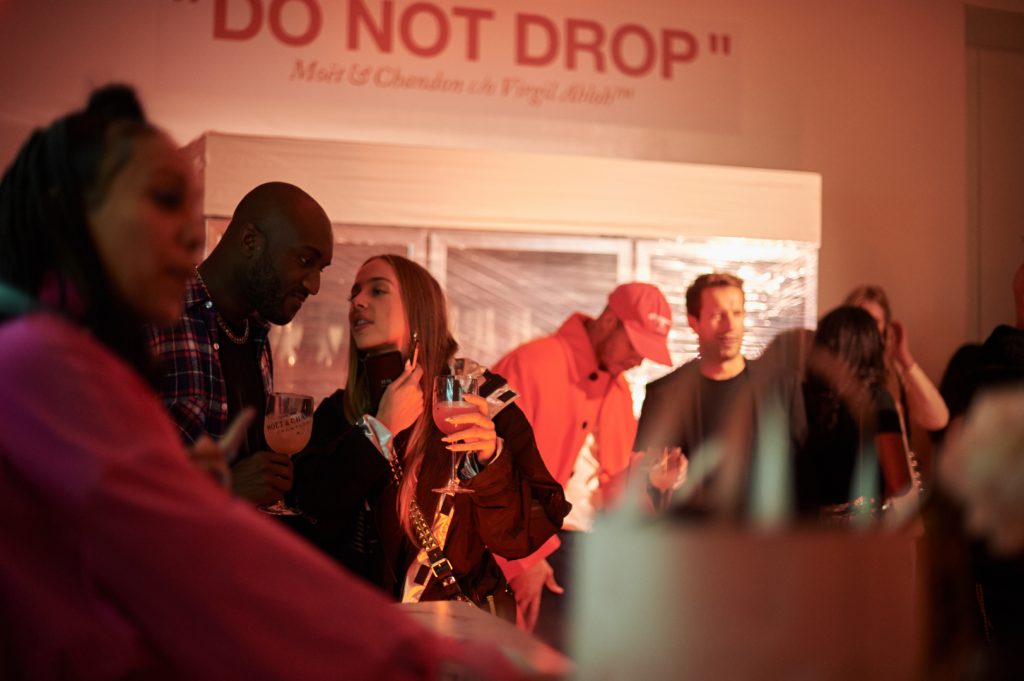Exploring Champagne Nicolas Feuillatte’s Winery
We visit sprawling vineyards to learn about the brand’s commitment to approachability

Unlike other well-known Champagne houses, Nicolas Feuillatte is young and void of a fairytale origin story. There are neither stories about French Benedictine monks “tasting the stars” nor Medieval-era kings sipping it at coronations. Rather, Champagne Nicolas Feuillatte is a modern-day success story that begins in 1976, thanks to its namesake’s insatiable curiosity.
Paris-born Feuillatte’s sense of adventure was strong from the beginning, and led him to find his fortune as a wildly successful coffee importer in the United States. But at 40 years old, he still wasn’t satisfied and decided (with his brother) to buy a 12-hectare vineyard in Bouleuse in the Ardre Valley. The two restored and replanted the vineyard, and two years later released Reserve Particulière—their very first wine. From early on, the mission was to make a Champagne that was more approachable, casual and fun. Some 40+ years later, Nicolas Feuillatte is the top-selling Champagne in France and the third in the world. That said, their Champagnes are complex, elegant, bright and thoughtful. It’s more than a popular brand.

Among sprawling hills, the vast Centre Vinicole Champagne Nicolas Feuillatte (CV-CNF) in Champagne is where each step of production takes place—from experimenting, to blending and bottling. Some 93 miles from Paris, CNF works with 4,500 winegrowers—about 1/3 of the growers in the region—which means they have the freedom to make the wine they want, in both quality and quantity. (In fact, they can bottle about 20k per hour.)
Andy Cammarata, official tour guide, tells us, “While we can do what we want, we don’t work 24 hours a day. Humans are very important here. This brand is about people.” This might sound cliché, but as we tour the property, Cammarata introduces everybody we meet by name and refers to them as colleagues—never once is the word “boss” used.
The largest co-op in the region, CNF brings growers and suppliers from all over together. Cammarata continues, “We don’t have heritage like the other houses of Champagne. We don’t need to talk a lot about dates and history,” Cammarata says. “The only thing to know is, we don’t want to make the same thing that other houses make.”

All of the grapes (originating from local vineyards, 450 of which are Grand or Premier Crus) are hand-picked, and then once at the center, they are scrutinized for their quality. Of course, only those that pass the test are used. After harvest, there are three tastings per day for a month—testing and experimenting—in order to create the best wine possible.
To be considered a Champagne is more than having grapes from the region: the bottle should sit for 15 months in the cellar (or three years for a vintage), but at CNF, they keep their wines in the cellar for three to four years, and five to 12 for a vintage. From the hand-picked fruit to the machine that takes a photo of every single bottle (to ensure labels are on perfectly), there is a meticulous approach that permeates every step of the process.

This attention to detail, obsession with quality control and desire to make Champagne more approachable seem to be at odds, but CNF achieves it—from the crisp and fresh Brut Reserve to the round and complex Palmes d’Or 2006 Brut Millesimé.
With each CNF Champagne requiring several different grapes and 100+ different wines in order to create the right blend, Cammarata tells us, “Starting with the soil, it’s different every year. The Champagnes, they are incredibly complicated to make.” And while each pour is made to be enjoyed, sipped while celebrating, he says, “We don’t joke about Champagne.”
Tours of Centre Vinicole Champagne Nicolas Feuillatte are open to the public all year (just book ahead of time). As is their Paris salon, right by the Champs Élysées.












